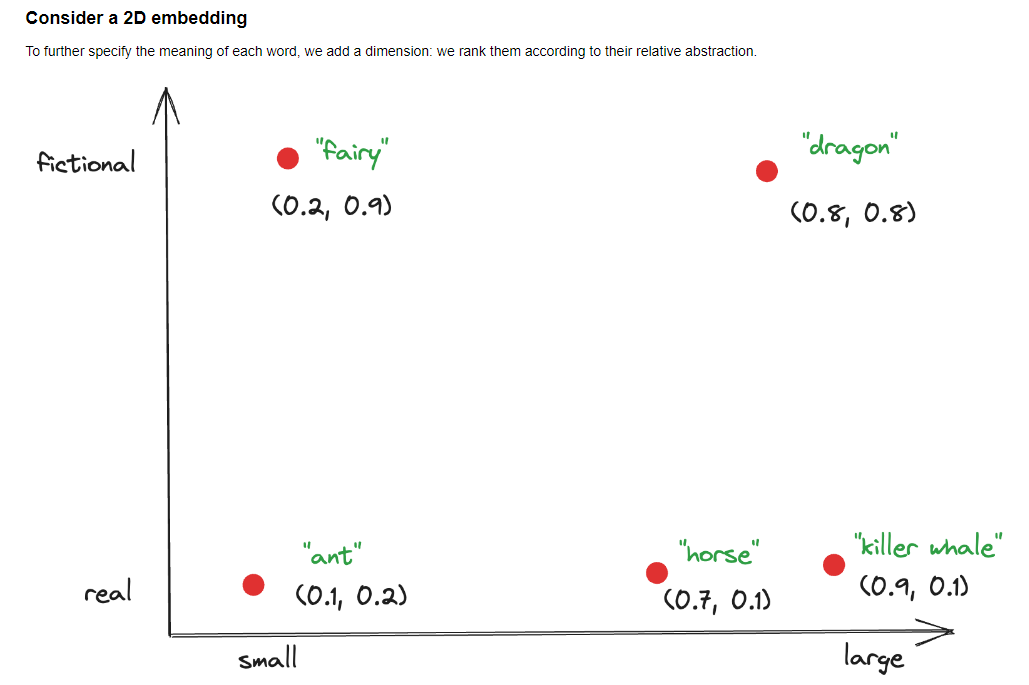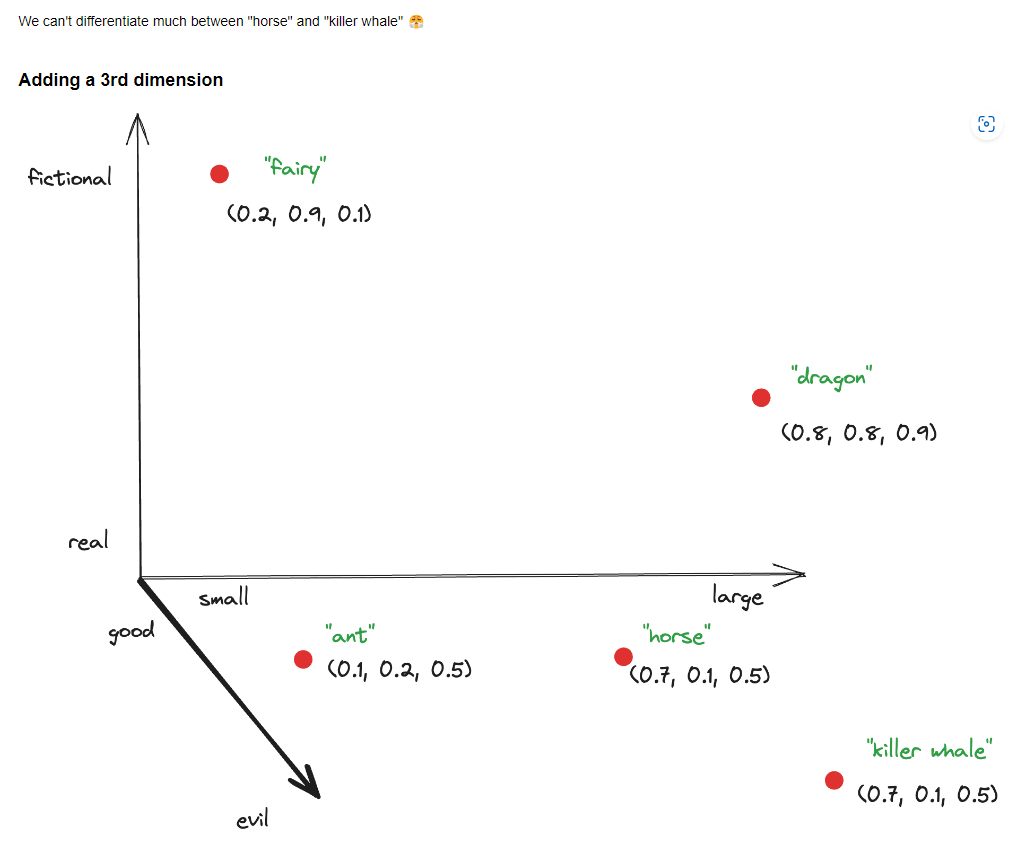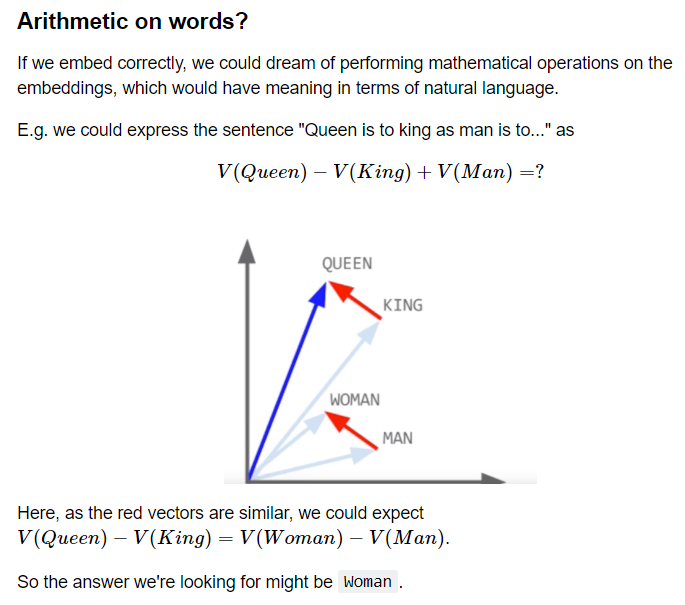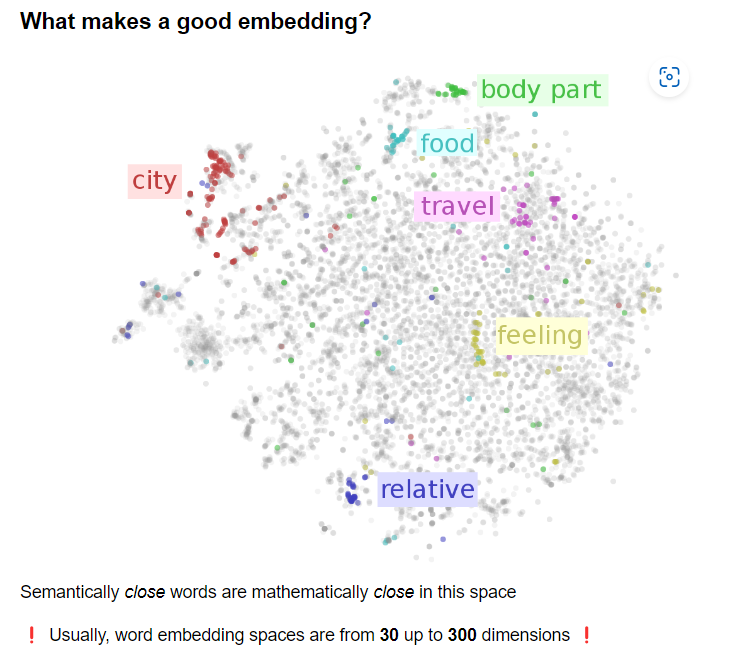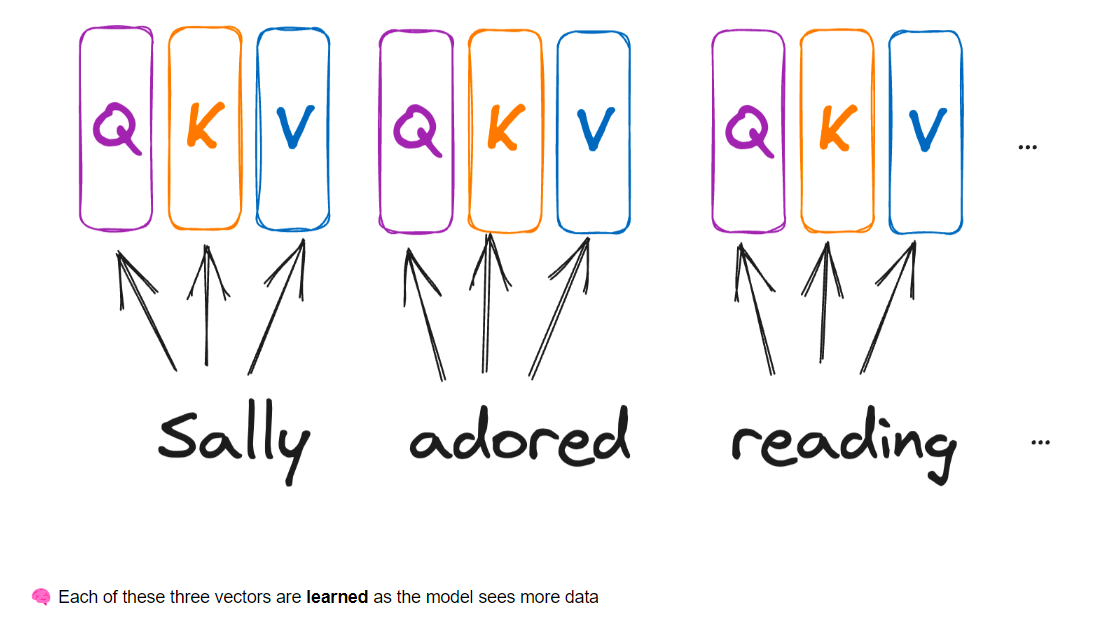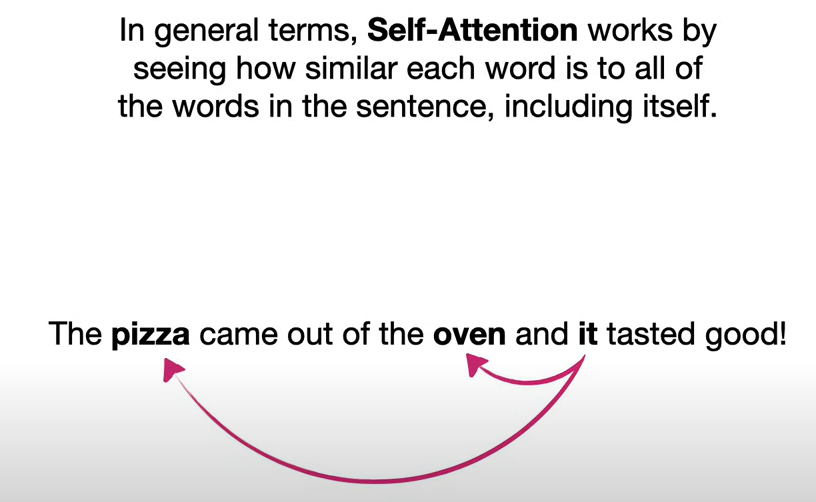---------------------------------------------------------------------------
ValueError Traceback (most recent call last)
Cell In[3], line 11
7 naivebayes = MultinomialNB()
9 X = data.review
---> 11 cv_nb = cross_validate(
12 naivebayes,
13 X,
14 data.sentiment,
15 scoring = "accuracy"
16 )
18 round(cv_nb['test_score'].mean(),2)
File c:\Users\Yiwen.Hon\AppData\Local\miniconda3\envs\nlp\Lib\site-packages\sklearn\utils\_param_validation.py:211, in validate_params.<locals>.decorator.<locals>.wrapper(*args, **kwargs)
205 try:
206 with config_context(
207 skip_parameter_validation=(
208 prefer_skip_nested_validation or global_skip_validation
209 )
210 ):
--> 211 return func(*args, **kwargs)
212 except InvalidParameterError as e:
213 # When the function is just a wrapper around an estimator, we allow
214 # the function to delegate validation to the estimator, but we replace
215 # the name of the estimator by the name of the function in the error
216 # message to avoid confusion.
217 msg = re.sub(
218 r"parameter of \w+ must be",
219 f"parameter of {func.__qualname__} must be",
220 str(e),
221 )
File c:\Users\Yiwen.Hon\AppData\Local\miniconda3\envs\nlp\Lib\site-packages\sklearn\model_selection\_validation.py:328, in cross_validate(estimator, X, y, groups, scoring, cv, n_jobs, verbose, fit_params, pre_dispatch, return_train_score, return_estimator, return_indices, error_score)
308 parallel = Parallel(n_jobs=n_jobs, verbose=verbose, pre_dispatch=pre_dispatch)
309 results = parallel(
310 delayed(_fit_and_score)(
311 clone(estimator),
(...)
325 for train, test in indices
326 )
--> 328 _warn_or_raise_about_fit_failures(results, error_score)
330 # For callable scoring, the return type is only know after calling. If the
331 # return type is a dictionary, the error scores can now be inserted with
332 # the correct key.
333 if callable(scoring):
File c:\Users\Yiwen.Hon\AppData\Local\miniconda3\envs\nlp\Lib\site-packages\sklearn\model_selection\_validation.py:414, in _warn_or_raise_about_fit_failures(results, error_score)
407 if num_failed_fits == num_fits:
408 all_fits_failed_message = (
409 f"\nAll the {num_fits} fits failed.\n"
410 "It is very likely that your model is misconfigured.\n"
411 "You can try to debug the error by setting error_score='raise'.\n\n"
412 f"Below are more details about the failures:\n{fit_errors_summary}"
413 )
--> 414 raise ValueError(all_fits_failed_message)
416 else:
417 some_fits_failed_message = (
418 f"\n{num_failed_fits} fits failed out of a total of {num_fits}.\n"
419 "The score on these train-test partitions for these parameters"
(...)
423 f"Below are more details about the failures:\n{fit_errors_summary}"
424 )
ValueError:
All the 5 fits failed.
It is very likely that your model is misconfigured.
You can try to debug the error by setting error_score='raise'.
Below are more details about the failures:
--------------------------------------------------------------------------------
1 fits failed with the following error:
Traceback (most recent call last):
File "c:\Users\Yiwen.Hon\AppData\Local\miniconda3\envs\nlp\Lib\site-packages\sklearn\model_selection\_validation.py", line 732, in _fit_and_score
estimator.fit(X_train, y_train, **fit_params)
File "c:\Users\Yiwen.Hon\AppData\Local\miniconda3\envs\nlp\Lib\site-packages\sklearn\base.py", line 1151, in wrapper
return fit_method(estimator, *args, **kwargs)
^^^^^^^^^^^^^^^^^^^^^^^^^^^^^^^^^^^^^^
File "c:\Users\Yiwen.Hon\AppData\Local\miniconda3\envs\nlp\Lib\site-packages\sklearn\naive_bayes.py", line 745, in fit
X, y = self._check_X_y(X, y)
^^^^^^^^^^^^^^^^^^^^^
File "c:\Users\Yiwen.Hon\AppData\Local\miniconda3\envs\nlp\Lib\site-packages\sklearn\naive_bayes.py", line 578, in _check_X_y
return self._validate_data(X, y, accept_sparse="csr", reset=reset)
^^^^^^^^^^^^^^^^^^^^^^^^^^^^^^^^^^^^^^^^^^^^^^^^^^^^^^^^^^^
File "c:\Users\Yiwen.Hon\AppData\Local\miniconda3\envs\nlp\Lib\site-packages\sklearn\base.py", line 621, in _validate_data
X, y = check_X_y(X, y, **check_params)
^^^^^^^^^^^^^^^^^^^^^^^^^^^^^^^
File "c:\Users\Yiwen.Hon\AppData\Local\miniconda3\envs\nlp\Lib\site-packages\sklearn\utils\validation.py", line 1147, in check_X_y
X = check_array(
^^^^^^^^^^^^
File "c:\Users\Yiwen.Hon\AppData\Local\miniconda3\envs\nlp\Lib\site-packages\sklearn\utils\validation.py", line 917, in check_array
array = _asarray_with_order(array, order=order, dtype=dtype, xp=xp)
^^^^^^^^^^^^^^^^^^^^^^^^^^^^^^^^^^^^^^^^^^^^^^^^^^^^^^^^^^^
File "c:\Users\Yiwen.Hon\AppData\Local\miniconda3\envs\nlp\Lib\site-packages\sklearn\utils\_array_api.py", line 380, in _asarray_with_order
array = numpy.asarray(array, order=order, dtype=dtype)
^^^^^^^^^^^^^^^^^^^^^^^^^^^^^^^^^^^^^^^^^^^^^^
File "c:\Users\Yiwen.Hon\AppData\Local\miniconda3\envs\nlp\Lib\site-packages\pandas\core\series.py", line 1022, in __array__
arr = np.asarray(values, dtype=dtype)
^^^^^^^^^^^^^^^^^^^^^^^^^^^^^^^
ValueError: could not convert string to float: '"Sorte Nula" is the #1 Box Office Portuguese movie of 2004. This extreme low budget production (estimated USD$150,000) opened during Christmas opposite American Blockbusters like National Treasure, Polar Express, The Incredibles and Alexander but rapidly caught the adulation of the Portuguese moviegoers. Despite the harsh competition, the small film did surprisingly well, topping all other Portuguese films of the past two years in its first weeks. The film is a mystery/murder with a humorous tone cleverly written and directed by Fernando Fragata who has become a solid reference in the European independent film arena. Did I like the film? Oh, yes!'
--------------------------------------------------------------------------------
4 fits failed with the following error:
Traceback (most recent call last):
File "c:\Users\Yiwen.Hon\AppData\Local\miniconda3\envs\nlp\Lib\site-packages\sklearn\model_selection\_validation.py", line 732, in _fit_and_score
estimator.fit(X_train, y_train, **fit_params)
File "c:\Users\Yiwen.Hon\AppData\Local\miniconda3\envs\nlp\Lib\site-packages\sklearn\base.py", line 1151, in wrapper
return fit_method(estimator, *args, **kwargs)
^^^^^^^^^^^^^^^^^^^^^^^^^^^^^^^^^^^^^^
File "c:\Users\Yiwen.Hon\AppData\Local\miniconda3\envs\nlp\Lib\site-packages\sklearn\naive_bayes.py", line 745, in fit
X, y = self._check_X_y(X, y)
^^^^^^^^^^^^^^^^^^^^^
File "c:\Users\Yiwen.Hon\AppData\Local\miniconda3\envs\nlp\Lib\site-packages\sklearn\naive_bayes.py", line 578, in _check_X_y
return self._validate_data(X, y, accept_sparse="csr", reset=reset)
^^^^^^^^^^^^^^^^^^^^^^^^^^^^^^^^^^^^^^^^^^^^^^^^^^^^^^^^^^^
File "c:\Users\Yiwen.Hon\AppData\Local\miniconda3\envs\nlp\Lib\site-packages\sklearn\base.py", line 621, in _validate_data
X, y = check_X_y(X, y, **check_params)
^^^^^^^^^^^^^^^^^^^^^^^^^^^^^^^
File "c:\Users\Yiwen.Hon\AppData\Local\miniconda3\envs\nlp\Lib\site-packages\sklearn\utils\validation.py", line 1147, in check_X_y
X = check_array(
^^^^^^^^^^^^
File "c:\Users\Yiwen.Hon\AppData\Local\miniconda3\envs\nlp\Lib\site-packages\sklearn\utils\validation.py", line 917, in check_array
array = _asarray_with_order(array, order=order, dtype=dtype, xp=xp)
^^^^^^^^^^^^^^^^^^^^^^^^^^^^^^^^^^^^^^^^^^^^^^^^^^^^^^^^^^^
File "c:\Users\Yiwen.Hon\AppData\Local\miniconda3\envs\nlp\Lib\site-packages\sklearn\utils\_array_api.py", line 380, in _asarray_with_order
array = numpy.asarray(array, order=order, dtype=dtype)
^^^^^^^^^^^^^^^^^^^^^^^^^^^^^^^^^^^^^^^^^^^^^^
File "c:\Users\Yiwen.Hon\AppData\Local\miniconda3\envs\nlp\Lib\site-packages\pandas\core\series.py", line 1022, in __array__
arr = np.asarray(values, dtype=dtype)
^^^^^^^^^^^^^^^^^^^^^^^^^^^^^^^
ValueError: could not convert string to float: "One of the other reviewers has mentioned that after watching just 1 Oz episode you'll be hooked. They are right, as this is exactly what happened with me.<br /><br />The first thing that struck me about Oz was its brutality and unflinching scenes of violence, which set in right from the word GO. Trust me, this is not a show for the faint hearted or timid. This show pulls no punches with regards to drugs, sex or violence. Its is hardcore, in the classic use of the word.<br /><br />It is called OZ as that is the nickname given to the Oswald Maximum Security State Penitentary. It focuses mainly on Emerald City, an experimental section of the prison where all the cells have glass fronts and face inwards, so privacy is not high on the agenda. Em City is home to many..Aryans, Muslims, gangstas, Latinos, Christians, Italians, Irish and more....so scuffles, death stares, dodgy dealings and shady agreements are never far away.<br /><br />I would say the main appeal of the show is due to the fact that it goes where other shows wouldn't dare. Forget pretty pictures painted for mainstream audiences, forget charm, forget romance...OZ doesn't mess around. The first episode I ever saw struck me as so nasty it was surreal, I couldn't say I was ready for it, but as I watched more, I developed a taste for Oz, and got accustomed to the high levels of graphic violence. Not just violence, but injustice (crooked guards who'll be sold out for a nickel, inmates who'll kill on order and get away with it, well mannered, middle class inmates being turned into prison bitches due to their lack of street skills or prison experience) Watching Oz, you may become comfortable with what is uncomfortable viewing....thats if you can get in touch with your darker side."


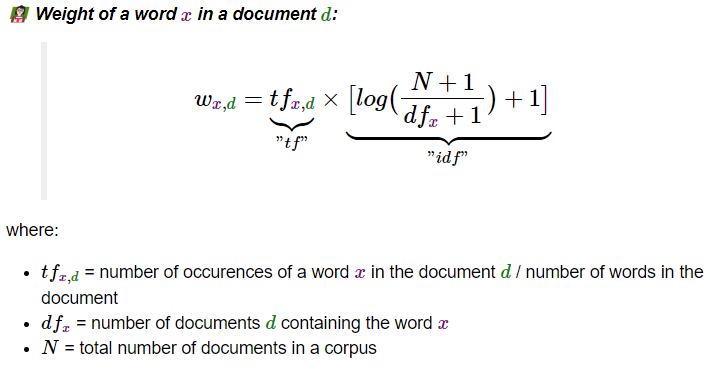
 4)
4)